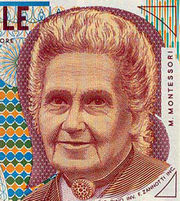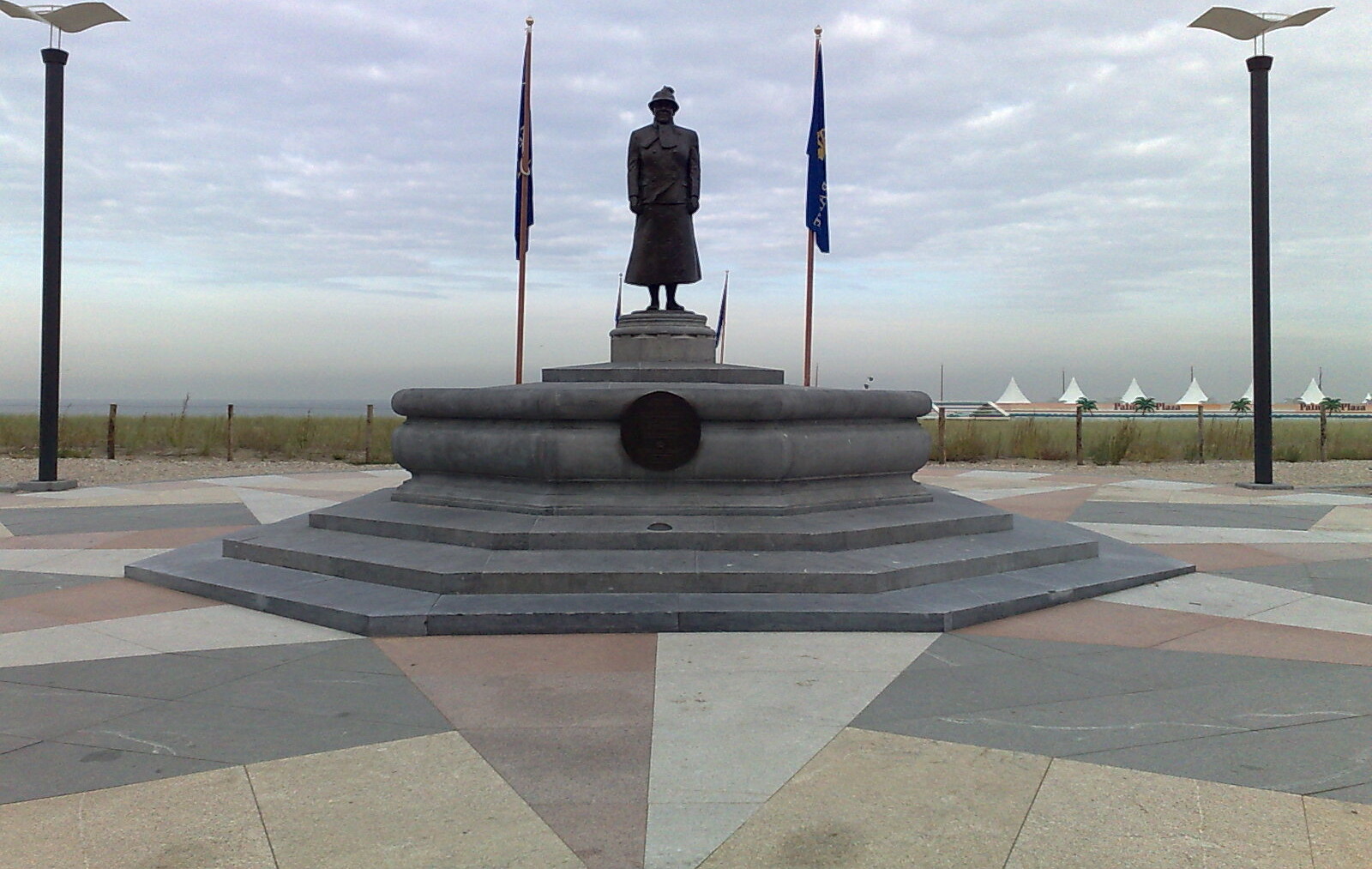144 years ago today, Wilhelmina Maria, Queen of the Netherlands, was born. The longest-reigning female monarch outside Great Britain, and the longest-reigning monarch in Dutch history, Wilhelmina was a constant figure in 20th-century world affairs, with a deep intellect, charm, and august presence coupled with a demonstrable business acumen giving her natural wisdom, until the occupation of her country by the Nazis forced her to become a symbol of the resistance. READ some highlights from her life… (1880)

We in the United States are not in the habit of praising monarchs, our very existence coming practically out of spite for the bonds King George III once held us in. However, as a true queen of peace, Wilhelmina was unsurpassed. She rose to her throne while the scores of princes and dukes, kings and sultans of every description, from every corner of Europe, and from every period of history, tumbled from their pedestals into historical dustbins, exile, or to the status of mere figureheads.
All monarchs, at the onset of mass republican democracy, indeed became somewhat redundant, but Wilhelhima’s role as a figurehead resulted in such bouts of nationalistic fervor that it saved the Dutch in several ways—not least of which the lives of hundreds of thousands of their young men. Proudly proclaiming neutrality amid the folly of World War 1, Wilhelmina helped guide the nation through food shortages that resulted when Great Britain detained nearly the entire Dutch merchant shipping fleet to better enforce their starvation blockade on Germany.
When the Kaiser and Imperial German command sought exile in The Hague, Wilhelmina continued to honor her initial pledge and refused to give their unwelcome royal neighbors over to the British and French. It was around Wilhelmina, the “Mother of the Land,” that the nation rallied when the Dutch communist party attempted to seize power in the country.
When, during the negotiations for the Treaty of Versailles, the power-hungry Belgians demanded parts of Zeeland and Limburg to make the border straighter, it was the power of her simple visit to these provinces “that resulted in such tremendous demonstrations of national consciousness that their echo could not be ignored even abroad,” as one eyewitness to her reign wrote in the Atlantic newspaper in 1938.
For these, and many, many other reasons, she is remembered fondly by her nation, and by millions across Europe.
More Good News on this Day:
- Ralph Waldo Emerson delivered a speech explaining his transcendentalist philosophy for the first time to a large audience — a sort of intellectual Declaration of Independence — telling them to break free from the past, pay attention to the present, and create their own unique ideas (1837)
- Happy 79th Birthday to Van Morrison, the soulful Irish singer-songwriter and multi-instrumentalist whose albums Moondance and Astral Weeks have received critical acclaim (1945)
- Malaya [Malaysia] in 1957, and Trinidad and Tobago in 1962, gained independence from the UK; and Kyrgyzstan from the Soviet Union in 1991
- Walter Cronkite began anchoring the CBS Evening News (1963)
- The Provisional Irish Republican Army declared an indefinite and “complete cessation of military operations” after 25 years of bombing and killing, and although this ceasefire temporarily broke down from 1995–97, it essentially marked the end of the full-scale campaign (1994)
- Edvard Munch’s famous painting The Scream, stolen on August 22, 2004, was recovered in a raid by Norwegian police (2006)
And, on this day 27 years ago, the Good News Network made positive news available on the web for the first time. Geri Weis-Corbley, the founder, worked in TV news, freelancing for CNN and other media companies, until the advent of the internet when she created what is now the #1 source for inspiring news. After learning how to code in html, Geri designed and built the site—and launched it with a click of a button—delivering good news to anyone in the world.

This photo below, shot by a photographer for Women’s World magazine a couple of months after launch, shows Geri 27 years ago with her first Mac computer and three children. Today, the kids are now adults—ages 27 through 31—and she still works on Macs.

The two youngest have both contributed to the family-owned-operated news outlet, with the middle child, pictured here holding the black and white cat, currently holding a position as staff editor. Thousands of people around the world today show their support by becoming a Member for $2.00 or more, helping to further her mission of spreading inspiring news… (1997)
78 years ago today, Foghorn Leghorn, the bombastic Warner Bros. cartoon character debuted in the short film Walky Talky Hawky. A large overbearing rooster with a Southern accent, his first name ‘Foghorn’ is indicative of his loudmouthed personality, while ‘Leghorn’ refers to a particular Italian breed of chicken.

Foghorn’s voice was created and originally performed by Mel Blanc. He called everyone ‘boy’ and was known for catchphrases like “I say…” and “That’s a joke, son!” The accent has similarities to that of another Mel Blanc voice: Yosemite Sam.

Many of Foghorn’s cartoons involved his prank war with Barnyard Dawg, but, unlike other cartoon rivalries, the Southern rooster pranks Dawg the basset hound, out of sheer self-amusement, rather than malice.
Starring in 29 Looney Tunes and Merrie Melodies cartoons created by Robert McKimson and Warren Foster between 1946 to 1964, Foghorn Leghorn continued to amuse audiences in cameo appearances in films like Who Framed Roger Rabbit and Space Jam. WATCH some of his best moments… (1946)
On this day 154 years ago, Maria Montessori was born in Chiaravalle, Italy. The scientist founded an educational style based on her studies that revealed children each had inherent, individual gifts and it was her job as a teacher to help them find and develop those passions and gifts—instead of dictating what a child should know at any specific age.

Her mixed-age classrooms emphasized independence, self-directed learning, and learning from peers. Children were encouraged to make decisions and engage in activities of their choice for 3-hours at a time or more. She was one of the first to use child-sized tables and chairs in the classroom and her Montessori schools have sprung up across the world. She wrote many books about her philosophy of education, including the 1912 classic, The Montessori Method. and in 1949, The Absorbent Mind. (1870)
SHARE the Milestones, Memories, and Memes…





















So proud of you Geri and team! 20 years ago you started this journey – I can’t wait for the next 20!
Haha. Thanks, Anthony! 🙂